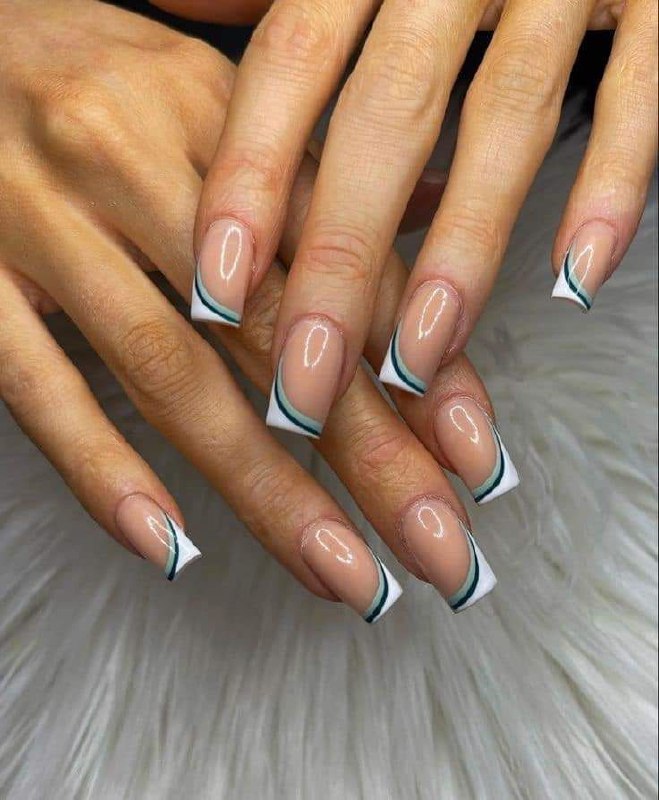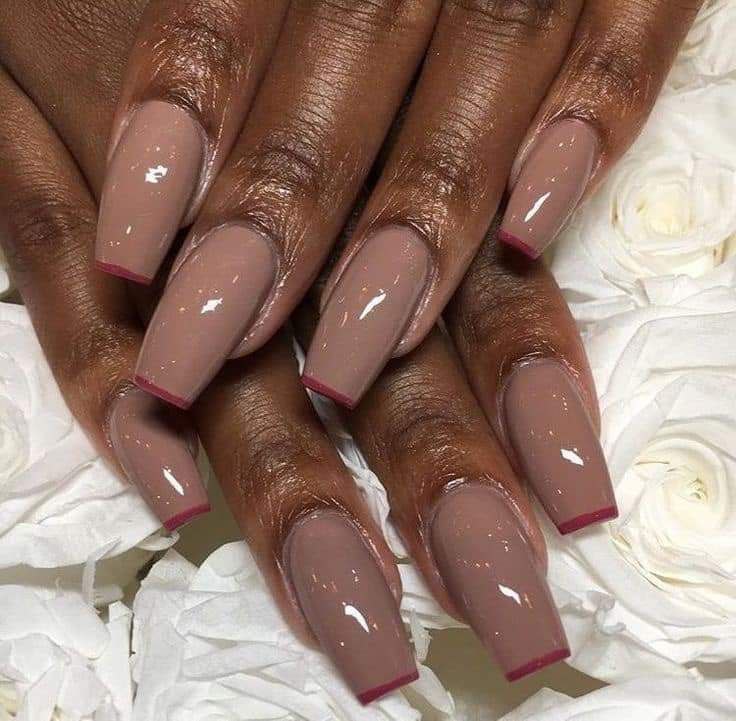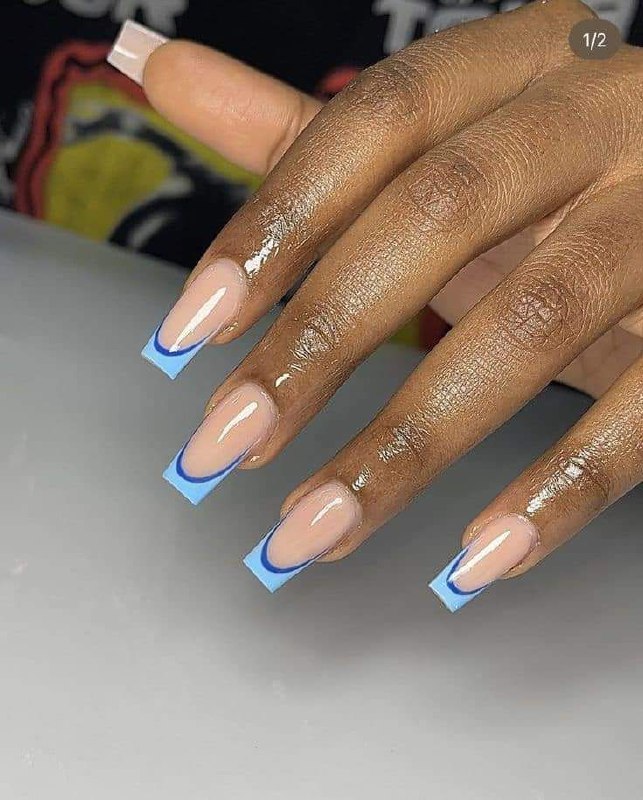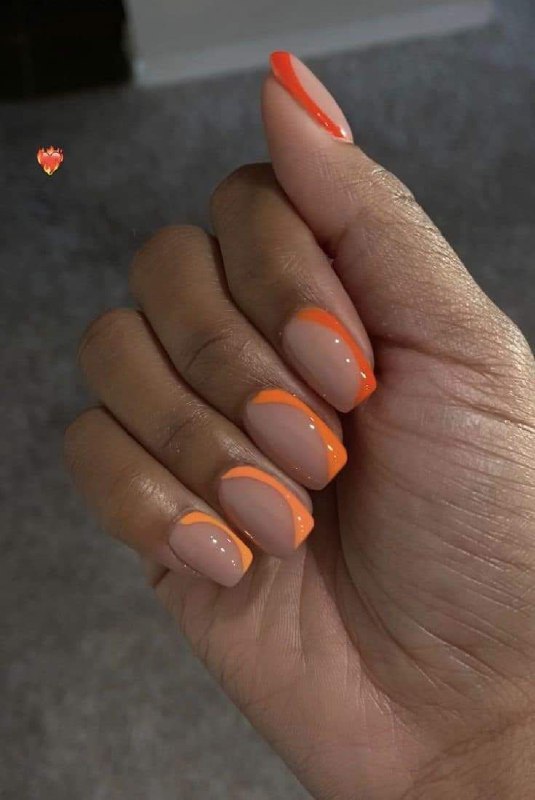Introduction:
African hairstyles have long been an important component of the continent’s diverse cultural fabric. These haircuts, which are deeply steeped in history and legacy, have changed throughout time, becoming global fashion statements rather than just cultural identifiers. This path from tradition to fashion demonstrates the tenacity, ingenuity, and beauty inherent in African hairstyling techniques.
The Roots of Tradition:
The history of African hairstyles is as varied as the continent itself. Different locations and ethnic groups have distinct styles, each with its own meaning and symbolism. For millennia, hairstyles were not only a form of self-expression, but also a reflection of one’s age, marital status, social standing, and tribe allegiance. Intricate braids, twists, and locs were more than simply decorative; they were a visual language that spoke tales about identity and community.

Impact of Colonialism:
The introduction of colonialism caused considerable changes in African civilizations, including modifications in traditional grooming techniques. Eurocentric beauty norms were enforced, resulting in the elimination of numerous indigenous hairstyles. Straightened hair and Westernized appearances were symbols of integration and acceptability. Despite these hardships, many Africans held on.They keep traditional haircuts as a show of resistance and pride, reflecting their cultural background.
The Rise of the Afro:
The mid-twentieth century saw a cultural and political transformation that had a significant influence on African hairstyles. The Afro has grown as a potent symbol of black pride and resistance to injustice. The natural texture of hair was celebrated, defying Eurocentric norms and instilling a sense of togetherness among African groups worldwide. Icons such as Angela Davis and Black Panther Party members proudly sported Afros, transforming a once-rejected hairdo into a sign of power and identity.
Global Influence and Fusion:
As the globe became more linked, African hairstyles both affected and were influenced by global trends. African braids, twists, and locs first appeared on worldwide runways, red carpets, and in popular culture. Celebrities such as Lupita Nyong’o, Solange Knowles, and Zendaya celebrated the beauty and variety of African-inspired hairstyles, reigniting interest in ancient customs.
Social Media and Natural Hair Movement:
The rise of social media had a critical influence in the revival of African hairstyles. Instagram and YouTube become platforms for sharing advice, tutorials, and praising natural beauty. The natural hair movement gained traction, urging individuals of African origin to accept their curls, kinks, and coils. This movement not only changed beauty standards, but also spurred a worldwide respect for diverse African hairstyles.
Contemporary trends and hairstyle revival:
Traditional African hairstyles have had a spectacular rebirth in modern fashion and beauty. Traditional braids like as Fulani braids, Ghana braids, and Senegalese twists have grown fashionable among people from different ethnic origins. These haircuts’ brilliant colors, elaborate patterns, and cultural importance help to shape a worldwide fashion scene that embraces diversity and inclusiveness.
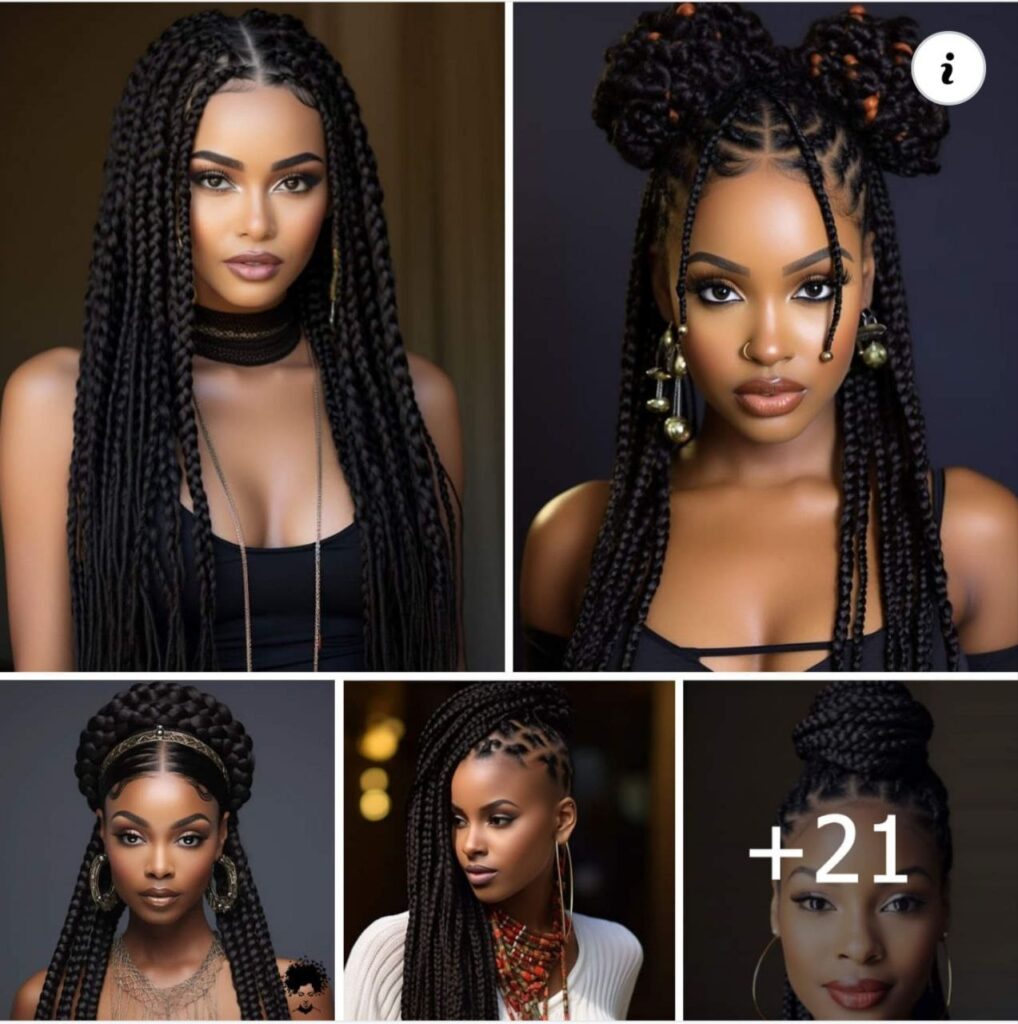
Challenges and Celebrations:
Despite the great trend of embracing African hairstyles, difficulties remain. Cultural appropriation remains a challenge, since mainstream media occasionally adopts these forms without crediting their roots. Furthermore, prejudice against natural hair persists in a variety of professional and social situations, prompting calls for legal action to protect persons from hair-based discrimination.
Conclusion:
African hairstyles have evolved from custom to fashion, demonstrating societies’ endurance in the face of adversity. These once restricted and stigmatized hairstyles have evolved into global emblems of pride, resistance, and beauty. As we continue to appreciate and accept the various beauty of African hairstyles, it is critical to understand their cultural heritage and the continuous path towards a more inclusive and respectful regard for.

